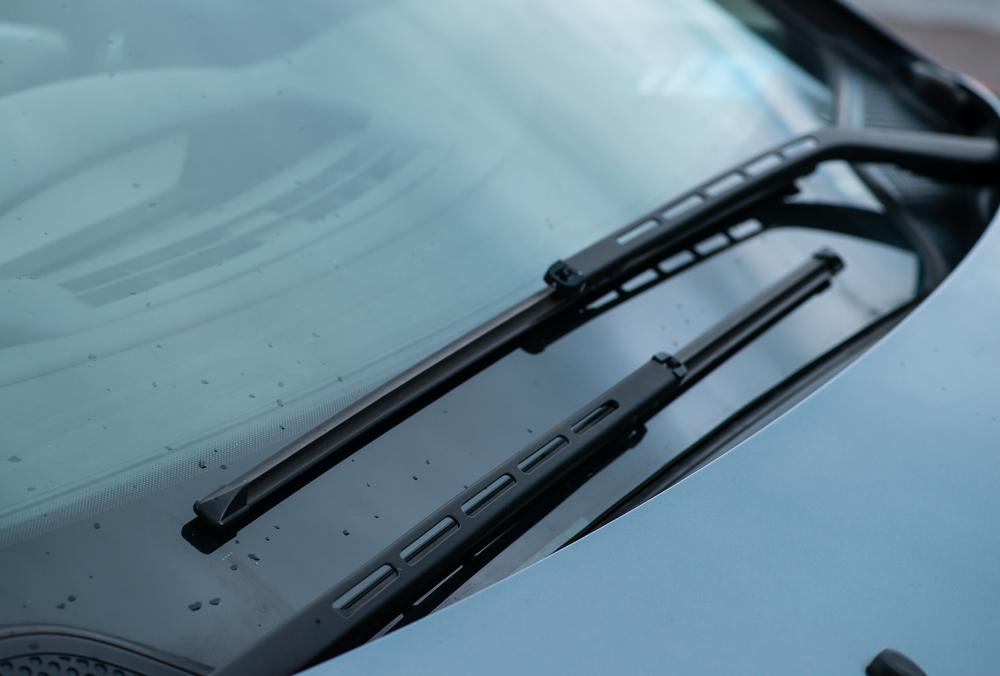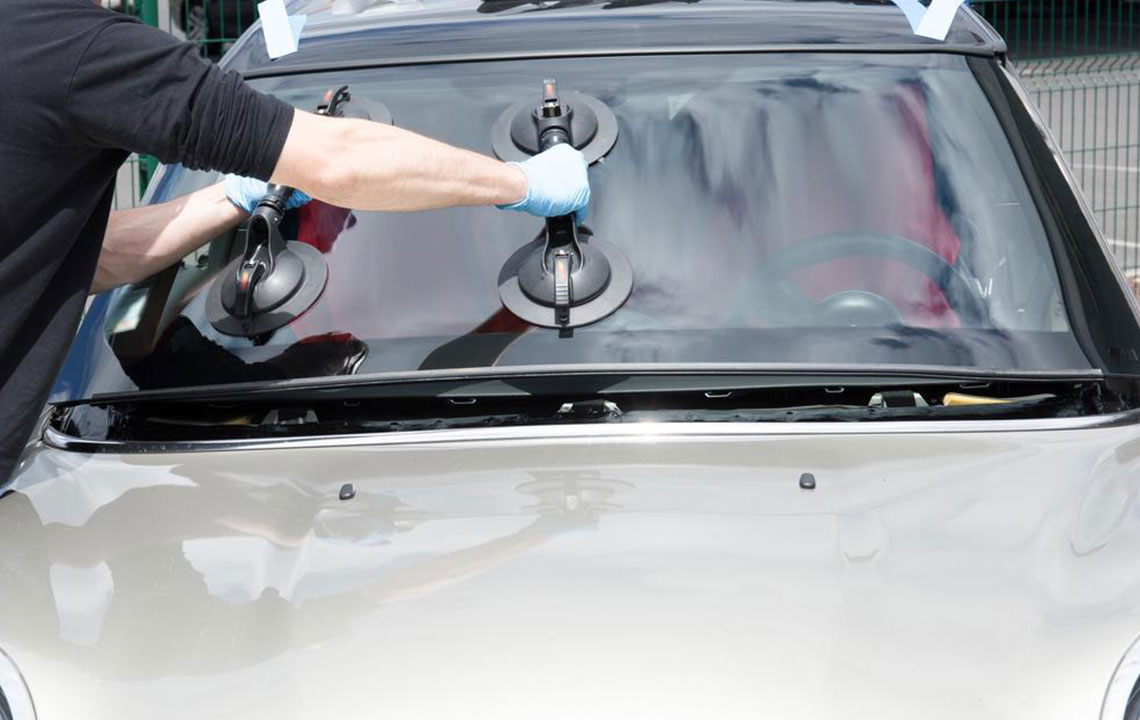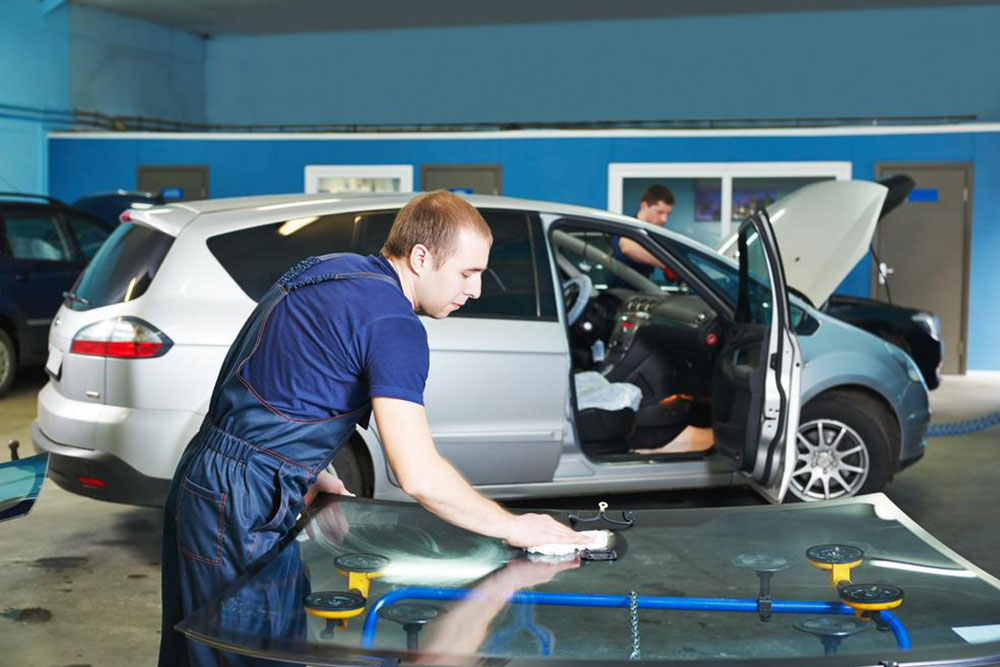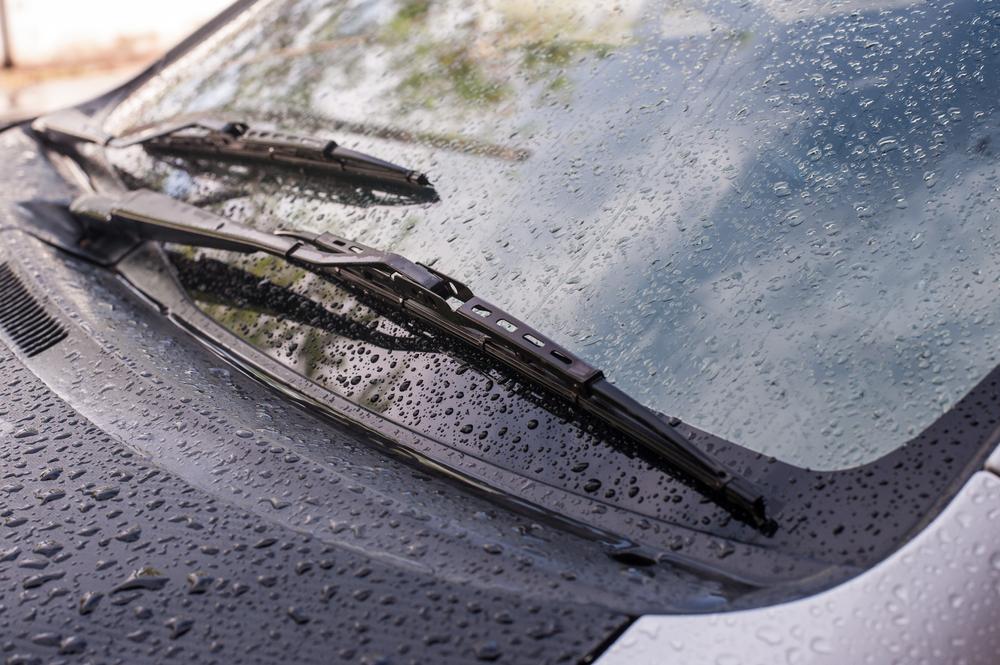Ultimate Guide to Car Windshields: Maintenance, Repairs, and Safety Tips
This comprehensive guide explores everything you need to know about car windshields—from their complex construction and manufacturing process to repair costs and legal requirements. Learn how to determine whether to repair or replace your windshield, understand insurance considerations, and discover safety tips to keep your vehicle compliant and secure. Whether you're a vehicle owner or a roadside assistance professional, this detailed resource offers valuable insights into vehicle windshield maintenance, ensuring safety, durability, and cost-efficiency.

Comprehensive Insights into Vehicle Windshields and Maintenance Practices
Car windshields play a critical role in ensuring driver and passenger safety, vehicle integrity, and overall visibility. Constructed primarily from laminated glass, they are engineered to withstand impacts and prevent dangerous debris from causing severe injuries. This detailed guide explores the composition, manufacturing process, maintenance, repair options, and legal considerations associated with vehicle windshields, helping drivers make informed decisions to keep their vehicles safe and operational.
Understanding the structure of windshields is crucial for vehicle owners. These essential components are assembled from layered safety glass, where two sheets of high-quality glass are bonded together by a durable vinyl interlayer. The manufacturing process involves precise cutting, shaping, and high-pressure heat treatment in autoclaves, ensuring the windshield fits uniquely to each vehicle's specifications. The laminated glass design ensures that in the event of an impact, the outer layer develops a crack, but the fragments remain bonded by the vinyl, significantly reducing the risk of injury from flying glass shards.
Additionally, side and rearview mirrors employ tempered glass, heated to temperatures of approximately 1,100°F, which causes the glass to fracture into small, blunt pieces rather than sharp shards, enhancing safety during breakage. The meticulous engineering behind windshields ensures they meet stringent safety standards mandated by automotive safety regulations worldwide. Each windshield is carefully designed and manufactured to match vehicle models, providing optimal fit, clarity, and durability.
Vehicle owners often question the costs associated with windshield maintenance. The price range for windshields varies considerably based on factors such as vehicle make, model, and the level of customization required. Budget-friendly options can start around $200, while higher-end, OEM-quality windshields may cost significantly more. Insurance policies frequently cover part of the expense, especially if you're enrolled in comprehensive coverage plans. However, deductibles often apply, and it's important to understand your policy limits before scheduling repairs or replacements.
Repair costs for minor damage are generally lower, with small chips and minor cracks costing around $99 to repair. Full windshield replacements, particularly in urban or high-demand areas, can run up to approximately $350 or more. Cheaper windshields, sometimes priced as low as $100, are available, but they may not meet the same safety and durability standards as higher-quality options. Always verify the quality and certification of replacement glass to ensure safety compliance.
Deciding whether to repair or replace your windshield hinges on the nature and severity of the damage. Small chips (up to 2 inches) and minor cracks (up to 14 inches) often qualify for quick repairs, which can save money and restore vehicle integrity. However, if cracks extend beyond 14 inches, obstruct your view, or reach the edges of the windshield, replacement is typically necessary. Cracks that impair visibility or are located near the mounting points compromise safety and should be addressed promptly.
Legally, driving with a damaged or cracked windshield varies by state regulations. Most jurisdictions require the windshield to be free of major damage that could obstruct the driver’s view. Some states, such as Florida and South Carolina, permit temporary repairs or small chips, but extensive cracks often lead to penalties or fines. It is essential to adhere to local laws to avoid citations and ensure your vehicle remains compliant with safety standards.
All windshields must be manufactured with certified safety glass, designed to withstand varying weather conditions and regular road hazards. Damage that affects the structural integrity of the windshield may require immediate replacement to maintain compliance and safety. Regular inspections and timely repairs can prevent minor cracks from escalating into major safety issues, ultimately saving money and enhancing your driving experience.
Insurance coverage plays a significant role in managing windshield repair and replacement costs. Many policies include comprehensive coverage that helps offset expenses, but limitations and deductibles vary. Utilizing economical aftermarket windshields for temporary fixes can be a practical strategy, especially if covered by insurance. Prompt action to repair small damages prevents them from worsening, maintaining safety and legal compliance on the road.





